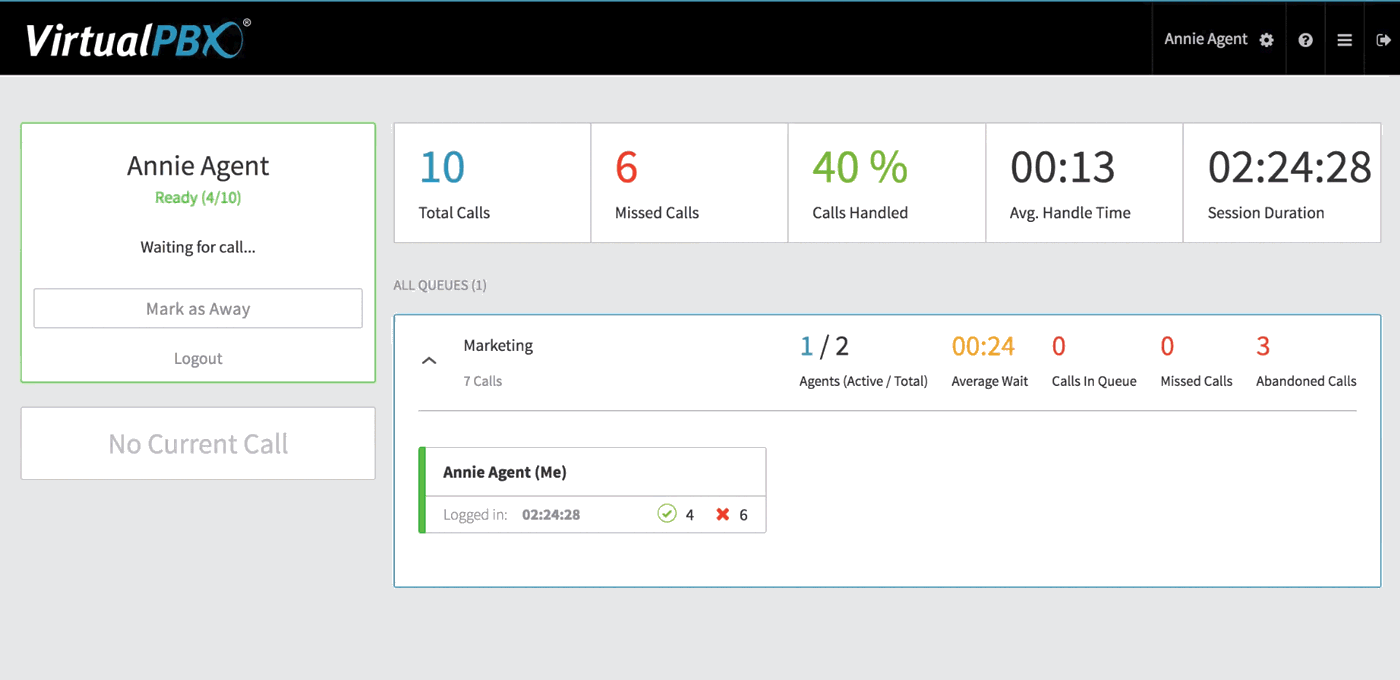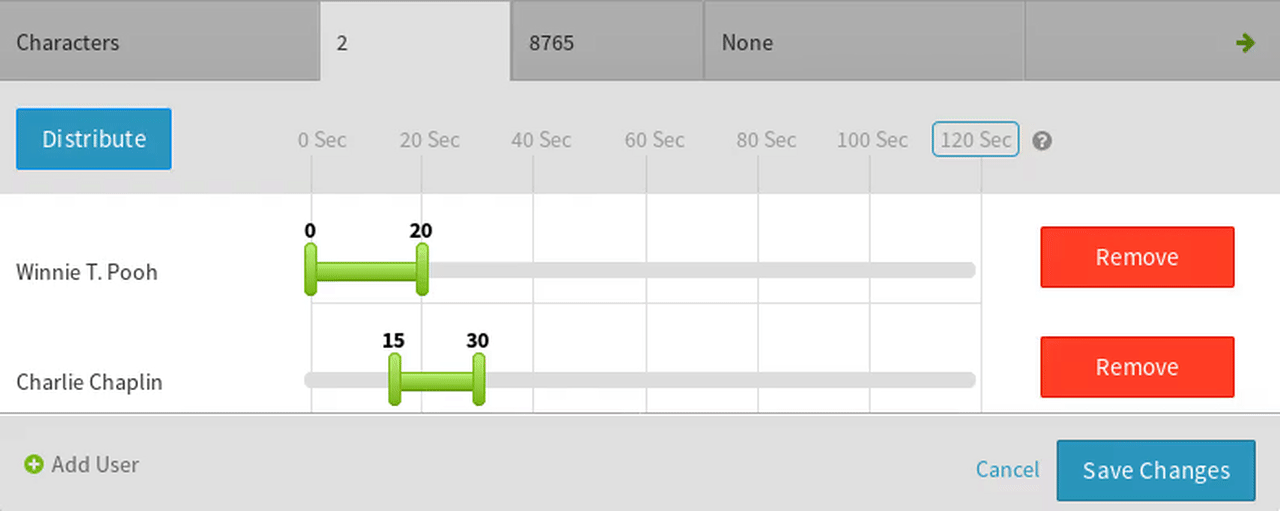One of the most talked about additions in our Business Phone plans is the Hunt Group system feature.
As a company, we’re excited to offer that feature in all our phone plans. Yet there has been some confusion about the difference between a hunt group vs. ring group and, even further, how those differ from ACD Queues.
Today’s blog seeks to clear up this confusion. Keep reading to learn more about the Hunt Group phone system feature and the other call routing options available to your business.

What is the Hunt Group Phone System Feature?
The term “hunt group” is interchangeable with “ring group.”
Both terms refer to the collection of phone system users in logical groups. For instance, you could list all the members of the Marketing department in a hunt group called “Marketing.” A phone number or extension that points to that group would then ring to those members.
Ringing behavior can be declared in multiple ways. All users’ phones can be set to ring simultaneously; or they can ring in series where User 1 rings for 20 seconds, then User 2 for 20 sec., then User 3 for 20 sec., and then transferring to the group’s voicemail after that.

How do Hunt Groups Compare to ACD Queues?
Ahh, yes, the million dollar question. Below we’ll address some of the key differences between Ring Groups and ACD Queues.
- Complexity The core variation between the two technologies boils down to their vastly different complexity. Ultimately, Ring Groups are just a collection of extensions that a user selects to represent any given department or queue but remain static until the admin makes any changes. ACD Queues are dynamic lists of agents that can surge and act as backfill automatically per a predetermined hierarchy that admins can adjust as calls are being received. And because business can change on a dime, this means that ACD Queues are designed to react and adjust as call volumes spike proactively, and not necessarily require that an admin make those adjustments for the system.
- Customization A simple Ring Group can be made as elaborate as the user wants, but the number of options on how to do that is relatively limited. If there is a small organization and everyone shares roughly the same tribal knowledge and autonomy to serve customers, then they all could really be included in each one of the department queues a caller can choose from. From larger organizations where the skills and knowledge base is far more specialized and segmented, the departmental (and therefore the queuing) divisions are much clearer. However, because some departments will have more insight into others than just their own, they can be assigned to serve as backups to any particular queues. For example, Accounts Payable can field calls for Accounts Receivable and vice versa and perhaps Sales will be able to pitch in if Marketing is swamped, as well.
- Management From a people management standpoint, this is where ACD Queues are head and shoulders above Ring Groups. Admins can use any number of ranking systems to assign to their agents from how skilled they are, how tenured (meaning newer trainees can be given lighter call loads), and of course their skillsets or specialties. Also, ACD Queues allow for custom wrap-up times following calls for agents to properly annotate accounts and prepare for new calls along with a host of other options that all allow for equal and even call distribution among agents. Ring Groups do not have these advanced options available.
- Distribution Combining all of the above comparisons leads to this next key differentiator. Whereas ACD Queues offer a multitude of options on how a queue’s traffic will be divided among that department’s agents, the same cannot be said for Ring Groups. Ring Groups, instead, simply ring all members of a group simultaneously until one of them answers the call. In a small office, this can be just a small consideration, but as organizations grow, they often find that the surgical assignment of individual calls to specific agents to be a more effective and efficient method of handling inbound callers.
- Mobility One good thing about both systems is that, because they each operate on the award-winning cloud-based Dash platform, they each enjoy mobility benefits like no other system. All of the respective functions, reporting, analytics, and customizations for Ring Groups and ACD Queues can be accessed and managed from the palm of one’s hand anywhere there is a data or internet connection. This type of physical freedom has opened the doors to a new breed of call center that is completely decentralized and one that accommodates the popularization of the remote workforce.
- Cost One of the other clear distinctions of Ring Groups and ACD Queues on Dash is the cost of each approach. Ring Groups are included in Dash Plans as just one of dozens of advanced features whereas ACD Queues are a premium feature not unlike Salesforce CRM or Webhooks Integrations that also come as an available option to businesses. Whichever direction a company chooses to go, however, it is abundantly clear that each of these options is wildly more flexible and affordable than anything offered by an on-site telephone option.
Get Started With Better Call Routing
Getting started with the Hunt Group phone system feature (Ring Groups) or ACD Queues on VirtualPBX Phone Plans is easy.
In most cases, new users of VirtualPBX can be up and running and actually making and receiving phone calls in as little as 5 minutes. Ring Groups come included with every plan, and ACD Queues are available on our Advanced, Enterprise, and Ultimate Plans, which best serve midsize businesses and enterprises.
Don’t wait to get started with your own plan in a Free Trial that will let you try the Hunt Group phone system feature for 14 Days with no pressure to buy.






